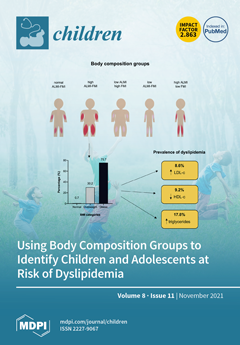Purpose: Obesity has become increasingly prevalent in adolescents due to unhealthy diet habits, sedentary behavior and a lack of physical activities. This study aims to assess the effects of different exercise modalities in the treatment of cardiometabolic risk factors (CRF) in obese adolescents with sedentary behavior. Methods: A systematic search was conducted using databases (PubMed, Embase, Cochrane library, Web of Science, CNKI and VIP database) from the earliest available date to August 2021. Nineteen randomized controlled trials (RCTs) with 704 participants were included. The included studies were evaluated for methodological quality by the Cochrane bias risk assessment tool, and a statistical analysis was performed by the Review Manage 5.3 and Stata 15.1 software. Results: The results of the meta-analysis showed that exercise could significantly improve obese adolescents’ body mass index (BMI) (MD = −1.99, 95% CI: −2.81 to −1.17,
p < 0.00001), low density liptein cholesterol (LDL-C) (SMD = −0.98, 95% CI: −1.58 to −0.37,
p = 0.002), triglyceride (TG) (SMD = −0.93, 95% CI: −1.72 to −0.14,
p = 0.02), total cholesterol (TC) (SMD = −1.00, 95% CI: −1.73 to −0.26,
p = 0.008), peak oxygen uptake (VO
2peak) (MD = 3.27, 95% CI: 1.52 to 5.02,
p = 0.0003) and homeostatic model assessment insulin resistance (HOMA-IR) (SMD = −2.07, 95% CI: −3.3 to −0.84,
p = 0.001). However, there was no statistically significant difference in high-density liptein cholesterol (HDL-C) (SMD = 0.40, 95% CI: −0.28 to 1.08,
p = 0.25). Conclusion: Exercise can effectively improve cardiometabolic risk factors in obese adolescents with sedentary behavior. For obese adolescents who want to lose weight and improve cardiorespiratory fitness, combined aerobic and resistance training and high-intensity interval training are optimal choices. For obese adolescents with high blood lipids, aerobic training can be regarded as a primary exercise modality to reduce the high risk of cardiovascular diseases; For obese adolescents with insulin resistance, combined aerobic and resistance training can be considered to reduce the high risk of diabetes. It is hoped that more high-quality studies will further expand the meta-analysis results and demonstrate the optimal exercise frequency and treatment intensity of cardiometabolic risk factors in obese adolescents with sedentary behavior in the future.
Full article






